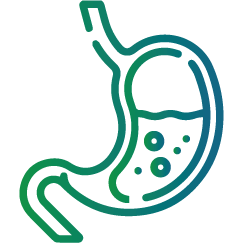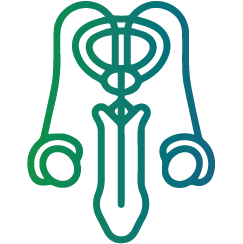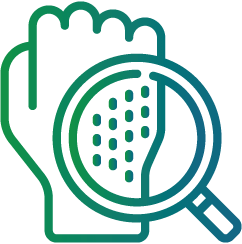Gout is a type of inflammatory arthritis that can cause excruciating pain, swelling, redness, and tenderness in your joints. While it can affect any joint, gout most commonly strikes the base of the big toe, leaving you hopping mad (and in agony!).
What Causes Gout?
The culprit behind gout attacks is a buildup of uric acid in your bloodstream. Uric acid is a natural waste product formed when your body breaks down purines, substances found in some foods and drinks, as well as produced by your body itself. Normally, your kidneys filter uric acid out of your blood and it’s eliminated through urine. However, if your body produces too much uric acid or your kidneys struggle to remove it, uric acid levels can rise. When this happens, uric acid can form sharp crystals that lodge themselves in your joints, triggering a sudden and painful gout attack.
Symptoms of a Gout Attack:
Gout attacks often come on suddenly, often in the middle of the night, and can last for several days or even weeks. Here are some telltale signs of a gout attack:
Intense pain: The pain associated with gout can be severe, often described as throbbing or stabbing. The affected joint will be incredibly tender to the touch.
Swelling: The joint will become visibly swollen, often accompanied by redness and warmth.
Stiffness: The affected joint may feel stiff and difficult to move.
Inflammation: The area around the joint may become inflamed and red.
Risk Factors for Gout:
Several factors can increase your risk of developing gout, including:
Diet: Consuming excessive amounts of purine-rich foods and beverages, such as red meat, organ meats, seafood, alcohol (especially beer), and sugary drinks sweetened with fructose, can contribute to high uric acid levels.
Weight: Obesity is a known risk factor for gout.
Medical conditions: Certain medical conditions like high blood pressure, kidney disease, and sleep apnea can increase uric acid levels.
Medications: Diuretics, medications used to treat high blood pressure, and low-dose aspirin can increase uric acid levels.
Genetics: Having a family history of gout increases your risk.
Sex: Men are more likely to develop gout than women, although women’s risk increases after menopause.
Managing and Preventing Gout Attacks:
If you experience symptoms suggestive of gout, consult your doctor for a proper diagnosis and treatment plan. Treatment for gout attacks typically involves medications to reduce inflammation and pain, such as nonsteroidal anti-inflammatory drugs (NSAIDs) or corticosteroids. In some cases, colchicine medication may be used to shorten the duration of an attack.
Once diagnosed with gout, managing uric acid levels is crucial to prevent future attacks. Here are some strategies to help:
Dietary Changes: Limiting purine-rich foods and beverages is key. A registered dietitian can help create a personalized gout-friendly meal plan.
Maintain a Healthy Weight: Losing weight can help lower uric acid levels.
Medications: Your doctor may prescribe medications like allopurinol or febuxostat to lower uric acid production or help your kidneys eliminate it more effectively.
Stay Hydrated: Drinking plenty of fluids helps flush out uric acid through urine.
Limit Alcohol: Alcohol consumption can significantly increase uric acid levels.
Manage Underlying Conditions: If you have medical conditions contributing to high uric acid levels, managing those conditions is essential.
Living with Gout:
Gout can be a challenging condition, but with proper management, you can significantly reduce the frequency and severity of gout attacks and live a full and active life. Remember, early diagnosis and consistent management are key to keeping gout under control.
















